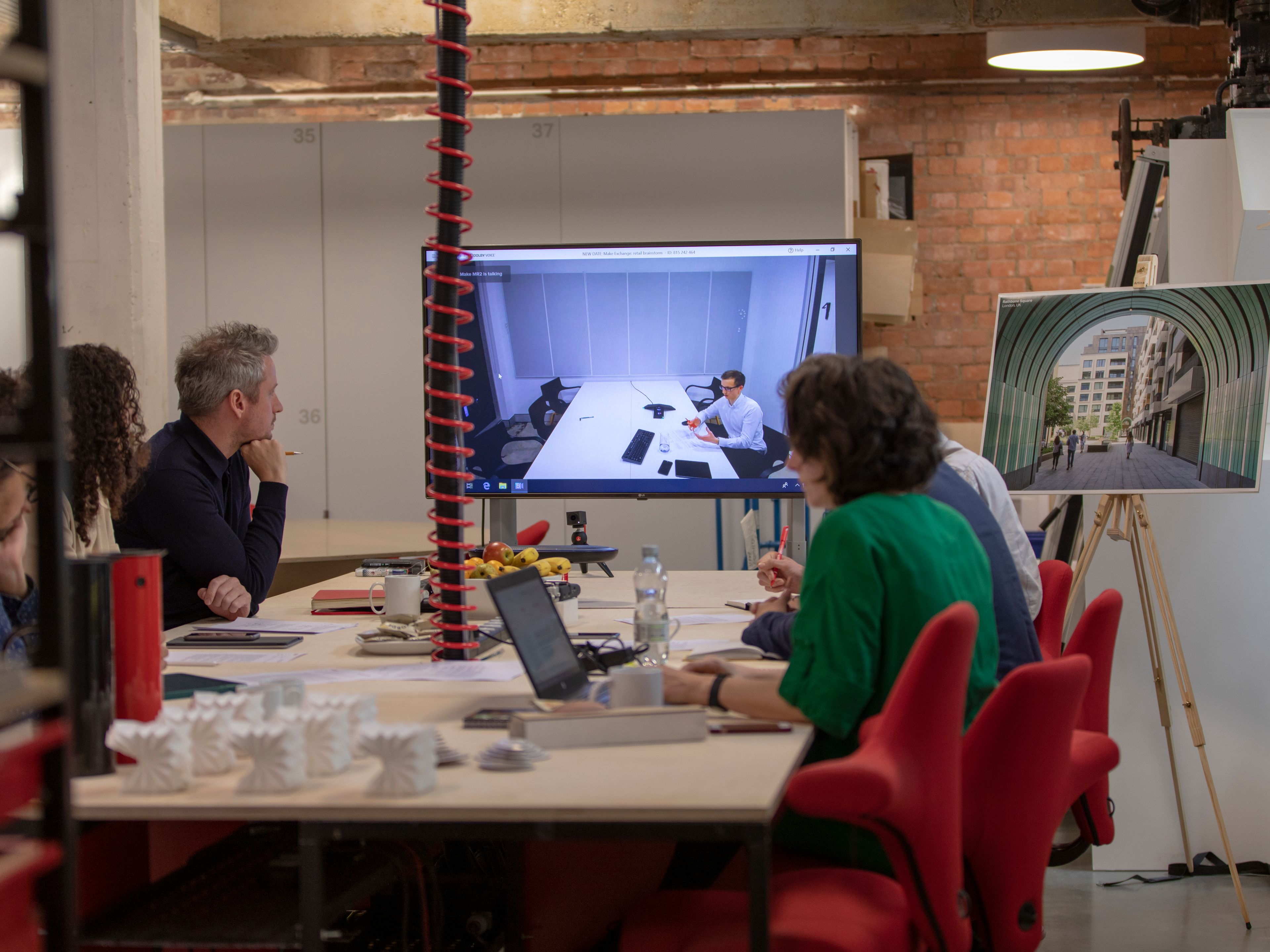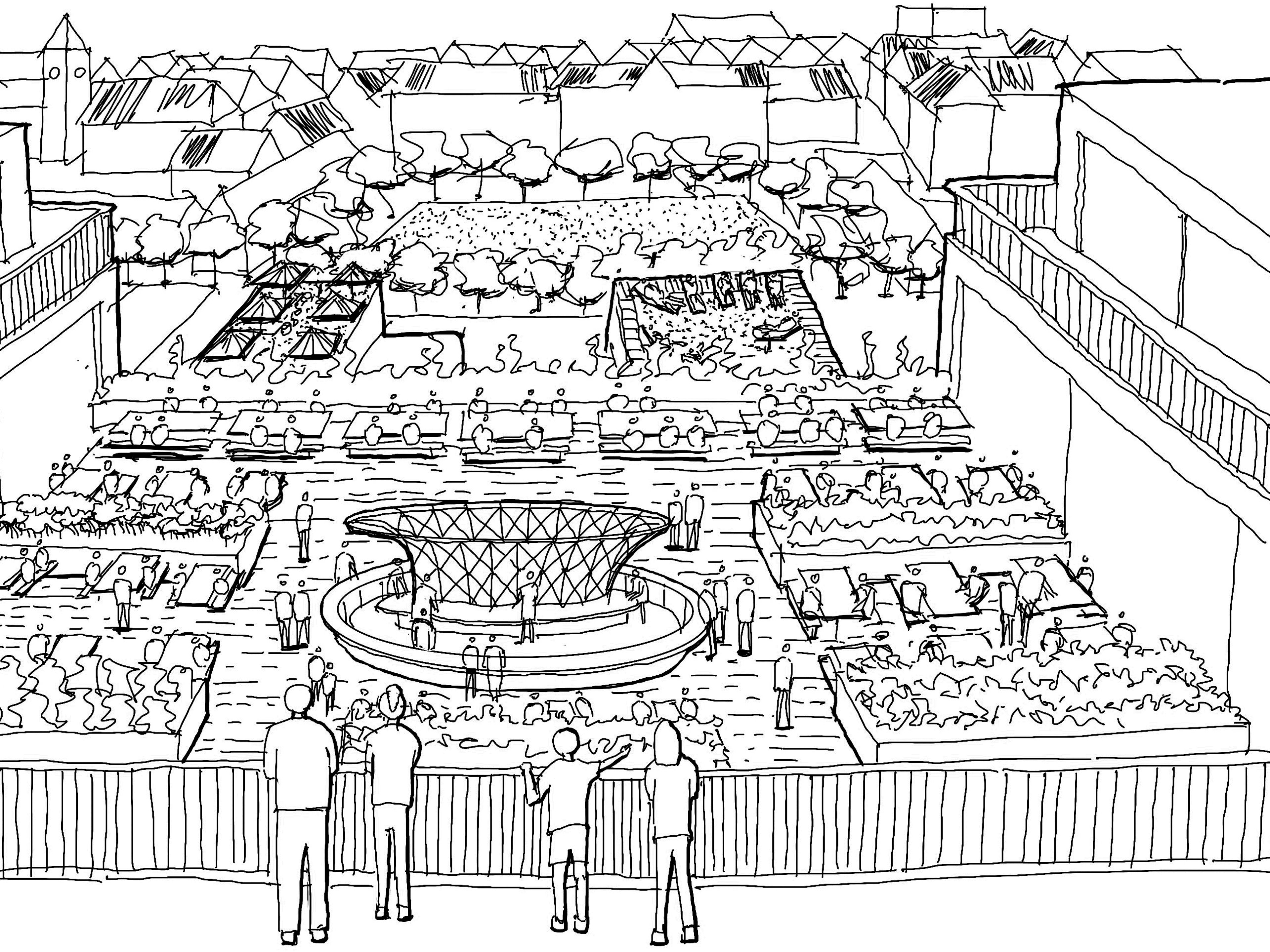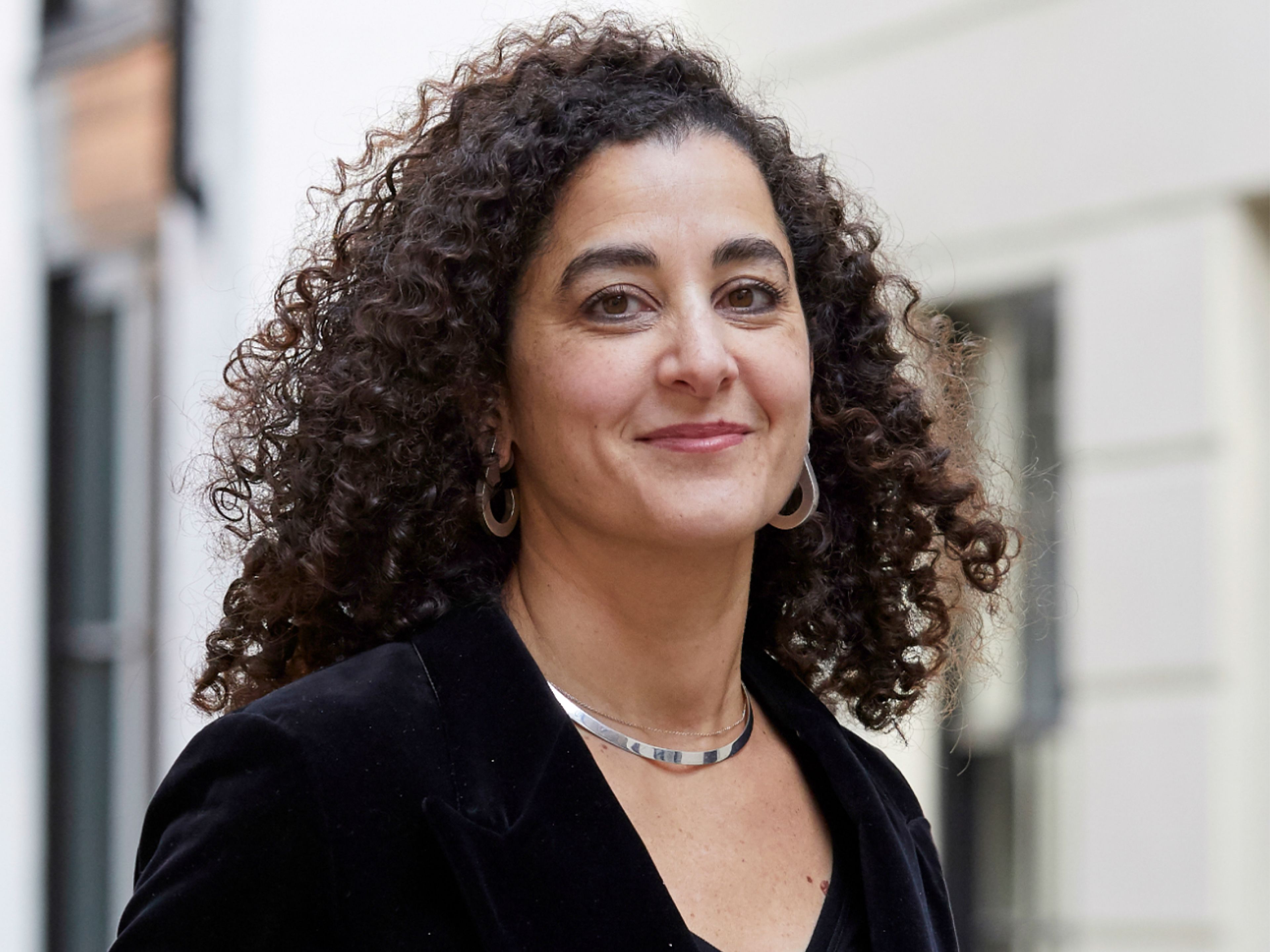Interview with Albert Chu, TH Studio Shanghai
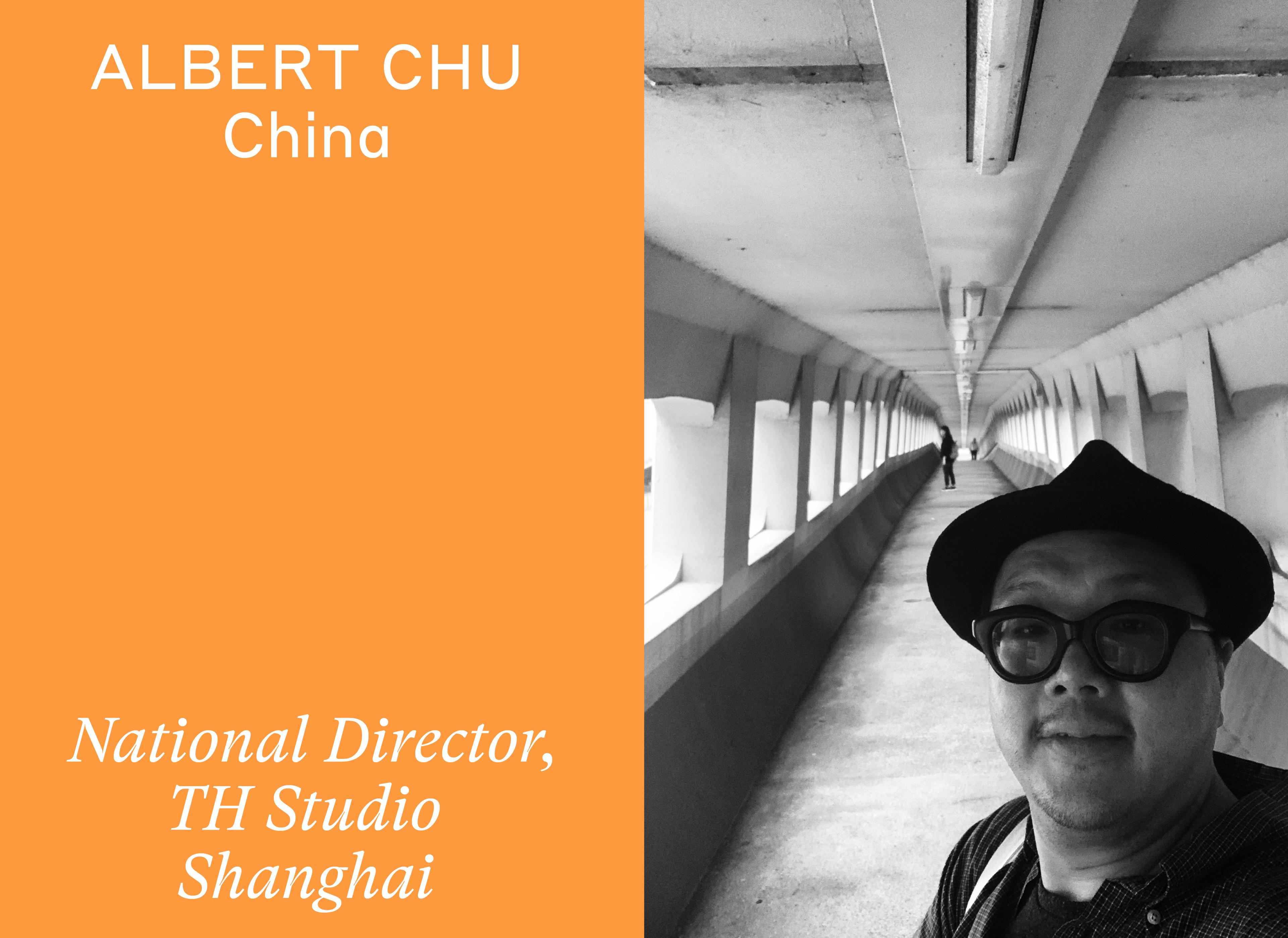
“One of the things driving the evolution of mixed use is millennials. They have a totally different perspective on what these places should be.”
Jack Sallabank: What is the background to your business?
Albert Chu: We are a strategic full-service consultancy with a focus on retail. We are boutique in size with 50 people, headquartered in Shanghai, and I am stationed in Beijing. We have offices in Hong Kong, Shenzhen and Chengdu. We get involved at the early stages of a development project, and help scrutinise the possibilities of a project and the role that retail plays. As part of that, we will look at the design of a project, and we work very closely with great architects like Make. We also work on the leasing of a project and then the ongoing asset management of a project.
JS: What is the state of play for Chinese retail?
AC: The market is still growing steadily. There may be upturns and downturns, especially given a possible trade war with the US. But the overall trend is upward, both in offline and online retail.
One thing to consider is that China is such a massive country. It is the scale of Europe and three times the population of Europe. We have so many provenances which operate like individual economies. So you might have a case where a particular brand in a tier-one city will suffer from a downturn because it has become saturated, but that same brand may be doing really well in a third or fourth-tier city where it still has room to grow.
I am very optimistic about China, not because there will be no downturns but because the overall trend and energy is moving upwards. But as I always say, tomorrow looks better, but make sure you survive tonight.
JS: What changes have you seen in mixed-use schemes that involve retail?
AC: What we have seen over the last few years is mixed-use schemes in China evolving to become more experienced-orientated, and this in part has been led by the retail. More recently, we are seeing the blurring between the spaces in a mixed-use scheme. We see retail getting mixed with co-living spaces, with offices, with hotels.
One of things driving the evolution of mixed use is millennials. They have a totally different perspective on what these spaces should be. It’s no longer about having a retail podium and then offices above and a separate hotel with a small entrance. Instead we have to think about how people want to spend time in those spaces and how they want to flow between the spaces. We need to create spaces where people can work, meet people and explore ideas with one another.
We work with tier-one cities likes Beijing and Shanghai and emerging cities like Shenzhen, but also cities that we call the ‘upcoming first line’, like Wuhan. Some of those cities are a bit behind, but each has its own interesting trends, which is why we enjoy working in China.
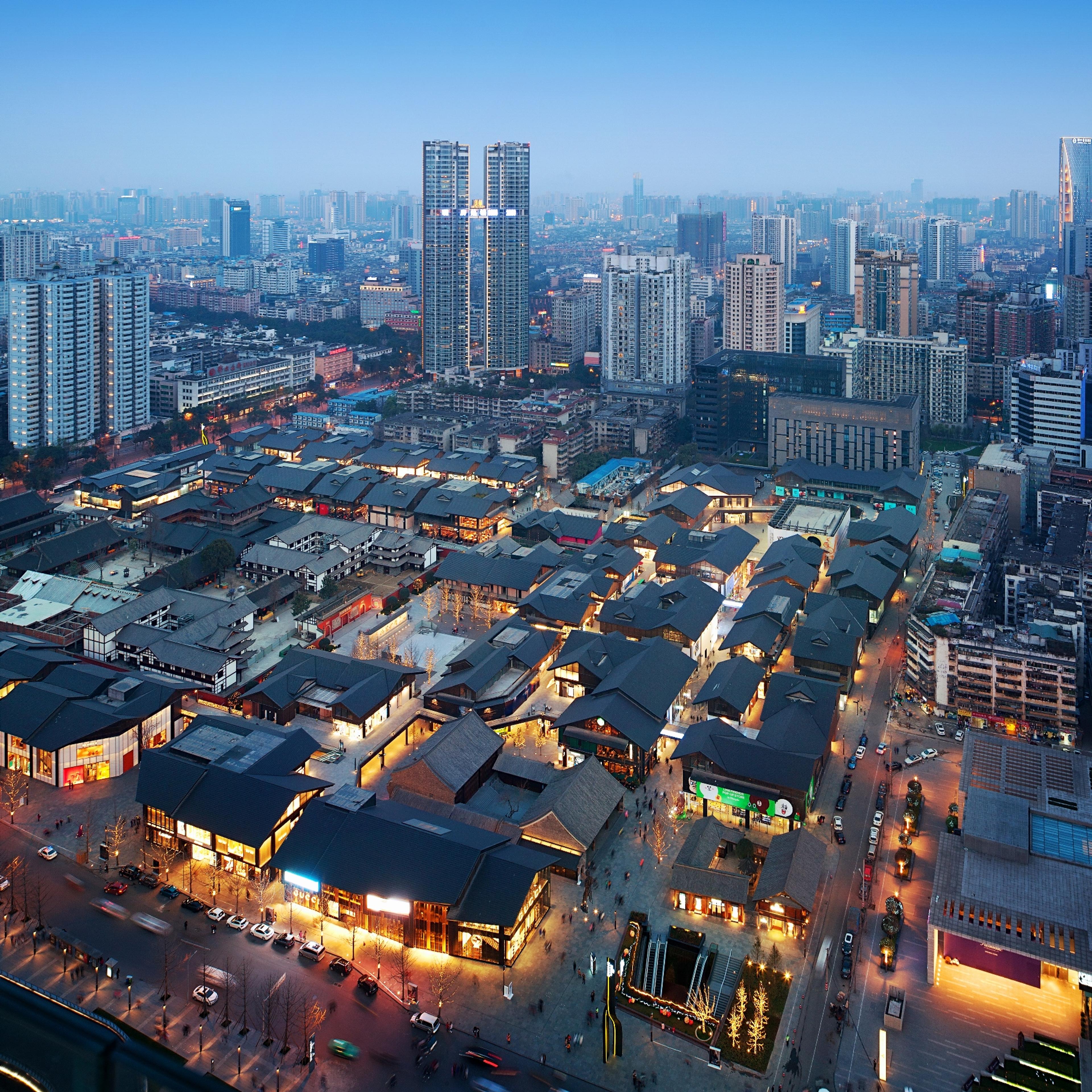
Retail adjacent to The Temple House, a Make-designed hotel in Chengdu, China.
JS: On a mixed-use scheme, would you advise your clients to create spaces that may generate less income but help animate the overall project?
AC: There are financial pressures on schemes to achieve certain rentals, but because of the need to create an animation and experience, it is important to have these spaces that may generate less income but help bring the overall project to life.
You have to achieve a critical size with these spaces that are big enough to draw people in to visit and have them come and spend half a day there. People will now share their experience with friends, and they will find photogenic spots to take their pictures. When you have created that, it is the winner. Therefore, we always advise clients with a mixed-use project to do it larger rather than smaller, because you need to have the critical mass to draw people in.
JS: From a design perspective, where should you put the spaces that help animate the scheme?
AC: It very much depends on the project and the profile of the cities. We don’t want the animation spaces to be in the conventional high-rental spaces, so we will still have the retail at ground floor, facing the streets. But ultimately this comes down to people like Make designing the space in such a way that we can still create great experiences in a less preferred space.
JS: How do you create projects that bring people of all ages together?
AC: There is no simple or single answer. What I would say is know who you are, and do what you can.
You can’t always be all-encompassing. If you get kids and families, it probably means you don’t get millennials. But if you get the millennials, then the likelihood is that they don’t have the spending power for you. Again, it comes to working with the architects. How do we differentiate the souls of a project? How do we work with different anchors and different spaces to attract a mix of people?
Tags
Authors
Albert Chu, National Director at TH Studio Shanghai, is a retail expert working with developers to deliver mixed use schemes across China and Hong Kong.
Publication
This article appeared in Exchange Issue No. 2, which explores the changing nature of the retail sector with contributions and design analysis from leading retailers, developers, consultants and more.
Read more